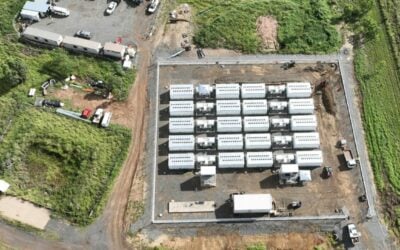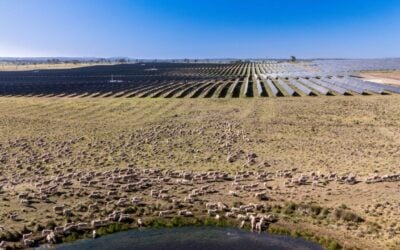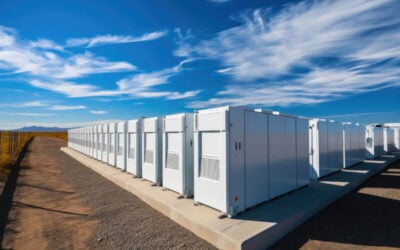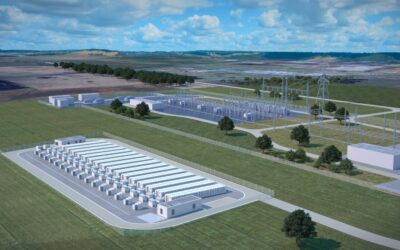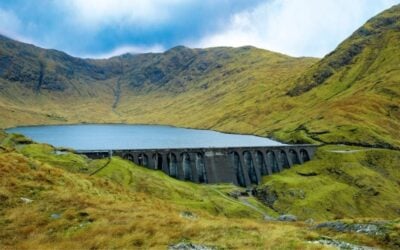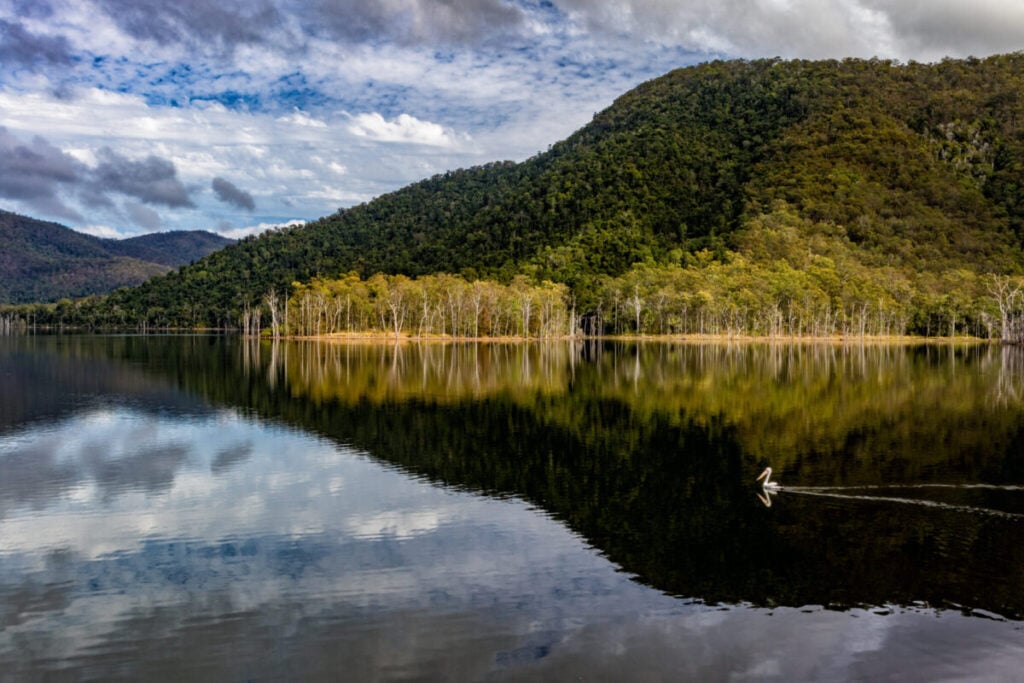
Australia’s Queensland government announced plans this week to deliver a new five-year Energy Roadmap by the end of this year. It also revealed a transfer of oversight for the 20GWh Borumba pumped hydro project.
On Tuesday (8 April), Queensland’s energy minister, David Janetzki, emphasised that the state government’s new energy plan will be based on “economics and engineering, not ideology,” taking a swipe at the previous Queensland Labor government it claims pursued renewables without a credible financial plan.
Enjoy 12 months of exclusive analysis
- Regular insight and analysis of the industry’s biggest developments
- In-depth interviews with the industry’s leading figures
- Annual digital subscription to the PV Tech Power journal
- Discounts on Solar Media’s portfolio of events, in-person and virtual
Or continue reading this article for free
“Our five-year plan must ease pressure on our balance sheet, de-risk our energy future, and add significant generation capacity. It will involve the private sector and must work for our communities,” Janetzki said.
The state’s previous administration had, in 2022, launched the AU$62 billion Energy and Jobs Plan under then-Premier Annastacia Palaszczuk, who also set a target for 70% renewable energy by 2032. Further developments under the Queensland Labor government included the 2024 launch of a state Battery Strategy, aimed at attracting investment in the value chain for battery technologies including lithium-ion and vanadium redox flow, alongside support for pumped hydro and renewables.
The state government has also announced that it has transferred oversight of the 20GWh Borumba pumped hydro project from Queensland Hydro, which had been pushing on with the development despite government scrutiny, to the Queensland Investment Corporation (QIC), a government-owned investment company founded in 1991.
Minister Janetzki explained that the recent revelation that the Borumba project cost had been blown out by AU$4 billion (US$2.47 billion) was a significant consideration for the transfer. The site entered crunch talks to save the project in December last year.
“We’ve made this decision following revelations from Queensland Hydro in December the cost to deliver Borumba had blown out by AU$4 billion to a total of AU$18 billion and would take an additional three years to complete,” minister Janetzki said.
The government’s research also found that there is, currently, less than a 1% chance that the project will be completed in time for its planned first power date of 2030.
“QIC is uniquely placed and experienced to support Queensland Hydro to deliver a proper commercial assessment of delivery options,” Janetzki added.
Queensland government continues hard stance on pumped hydro
With the transfer of oversight confirmed, the government’s “approach based on economics and engineering, not ideology” stance, which has been mentioned several times about pumped hydro over the past few months, comes to the fore.
Readers of Energy-Storage.news will likely remember that the newly elected Liberal National Party (LNP) of Queensland government pulled the plug on what would have been the world’s largest pumped hydro energy storage project (PHES) with a capacity of 120GWh, citing that it was “not financially viable, not environmentally appropriate and the community was never consulted.”
At the time of this announcement, David Crisafulli, Queensland’s premier, noted that the government must “find a way to deliver smaller, more manageable pumped hydro because it’s important if you’re going to firm up renewable energy.”
In a show of faith in pursuing manageable pumped hydro projects, the government has also announced it will invest AU$50 million into the Mt Rawdon Pumped Hydro project through CleanCo to help progress the project towards a final investment decision.
The 2GW/20GWh pumped hydro project, being pursued jointly by Evolution Mining and ICA Partners, will be situated at a gold mine 75km southwest of Bundaberg.
Reiterating the government’s stance on smaller PHES sites, minister Janetzki said: “We committed to progressing smaller, more manageable pumped hydro projects, and this fires the starter gun on the first of these projects.”
Despite the economics surrounding renewable energy generation firmed up with energy storage, the LNP Queensland government will continue to pursue coal-fired power generation, going as far as to say it will play a “central role” in the grid.
“Queensland’s coal-fired fleet is the youngest in the country, and coal generation will continue to play a central role in our grid,” minister Janetzki said.
The government has also approved AU$134 million in funding for CS Energy to develop the 400MW Brigalow Gas Peaker Project at Kogan Creek. CleanCo and Stanwell will progress two new gas-fired generation projects at Swanbank and Gatton.

